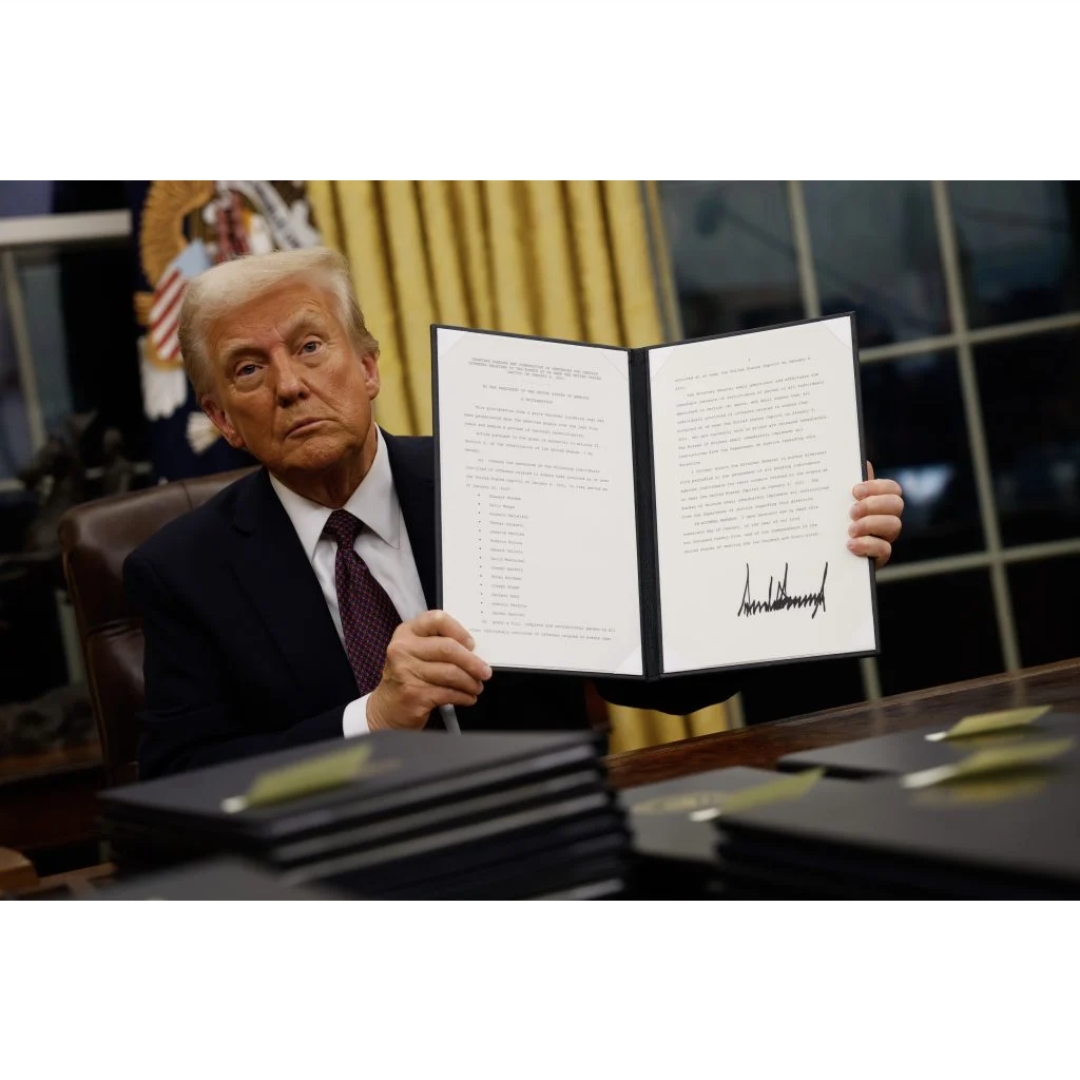February 9, 2025: Trump Appoints Richard Grenell as Head of Kennedy Center
Trump has appointed Richard Grenell, his former ambassador to Germany, as the interim head of the John F. Kennedy Center for the Performing Arts, further consolidating his control over the institution. While the Kennedy Center receives private funding, it also relies on federal support through the National Park Service. Trump announced on Truth Social on February 7 that he would immediately remove several members of the Board of Trustees, including Chairman David Rubenstein.
“We will soon announce a new board, with an amazing chairman, Donald J. Trump!” the president said, naming himself for the role. He indicated that his primary reason for taking over the institution was to end “drag shows specifically targeting our youth.”
“I am pleased to announce that Ric Grenell shares my vision for a golden age of American arts and culture and will be overseeing the daily operations of the center,” Trump said. “No more drag shows, or other anti-American propaganda — only the best.”
February 6, 2024: National Endowment of the Arts Updates Grant Guidelines
After the January memo from the Office of Management and Budget pausing federal financial assistance, the National Endowment for the Arts updated its grant guidelines for fiscal year 2026. The new guidelines prioritize projects celebrating the 250th anniversary of the Declaration of Independence. The NEA aims to honour America’s artistic heritage through the America250 initiative, with funding directed towards projects in 2026-2027 related to the anniversary. Additionally, the NEA cancelled the Challenge America grant for FY 2026 to focus on the Grants for Arts Projects category, which supports arts in underserved communities.
February 1, 2025: Trump’s Tariffs on Mexico, Canada and China
Before his inauguration, Trump pledged a 25% tariff on imports from Mexico and Canada. On January 29, his commerce secretary nominee, Howard Lutnick, suggested the countries could avoid tariffs by addressing fentanyl trafficking. The tariffs, which began on February 1, triggered a trade war with Canada, leading to retaliatory tariffs by Prime Minister Trudeau and Mexican President Sheinbaum. By February 3, Trump paused the tariffs on Mexico for a month after a security agreement with Sheinbaum, and a similar deal was made with Trudeau.
If the tariffs resume, U.S. artists may face increased costs, especially for paper products. Trump also proposed tariffs of 10-60% on Chinese goods, including a 7.5% tariff on Chinese paintings, and up to 20% on goods from the U.K. and EU. Art logistics expert Edouard Gouin warned that such tariffs could increase shipping costs, exacerbating challenges for the art industry.
January 20, 2025: Trump Dissolves Arts Committee Previously Restored by Biden
In his second term, Trump revoked an executive order that disbanded the President’s Committee on the Arts and the Humanities (PCAH), a cultural advisory group established by Ronald Reagan in 1982. The committee, which supported initiatives like Save America’s Treasures and arts education, was dissolved during Trump’s first term after members resigned in protest. Biden reinstated the committee in 2022, appointing figures like Lady Gaga and Bruce Cohen to lead it. However, Trump rescinded Biden’s order, dissolving the PCAH once again, and potentially reducing national support and advocacy for the arts.
January 20, 2025: Shuttering of DEI Offices
Trump’s executive order on his first day back in office has made waves in the art world, leading to the closure of the DEI offices at the Smithsonian and the National Gallery of Art. Trump called Biden’s DEI initiatives “illegal and immoral,” directing the Office of Management and Budget, Attorney General, and Office of Personnel Management to identify and terminate DEI programs across federal institutions. Employees were also encouraged to report DEI-related activities. The Smithsonian’s compliance with the order surprised many, as it is a separate entity from the executive branch, despite some federal employees.
January 20, 2025: Review of Federal Architectural Policies
Trump has signed a second executive order on “promoting beautiful federal civic architecture,” following a similar order from his first term. The 2020 order emphasized classical and traditional styles, citing Ancient Greek and Roman influences while criticizing modernist architecture like Brutalism. It also created a presidential council for architectural oversight.
The new order, shorter and broader, doesn’t favor specific architectural styles or establish new councils. Instead, it tasks the General Services Administration with a 60-day review of federal architecture, focusing on public input and potentially revising the architectural decision-making process. The tone is more pragmatic, prioritizing process over ideology.
Source: ArtNet.com

